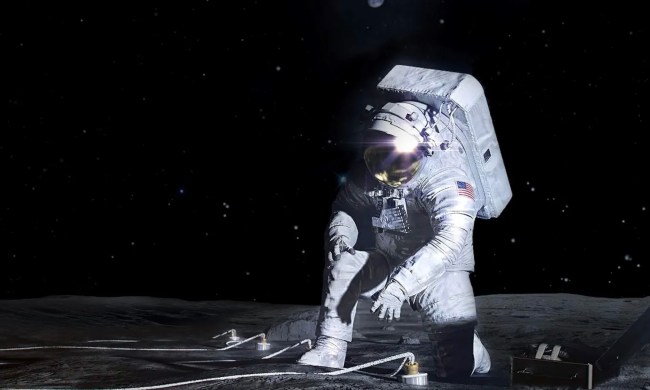A Russian spacecraft has crashed into the moon, spelling the end for the Luna-25 mission. The plan had been for the spacecraft to land on the moon’s surface in the area around the south pole, but on Sunday, August 20, Russian officials confirmed that the spacecraft had been lost.
News of problems with the Luna-25 mission began on Saturday, August 19, when Russian space agency Roscosmos announced via Telegram that an “emergency situation” had occurred with the spacecraft. The craft was in orbit around the moon ahead of a landing attempt, scheduled for this upcoming week, but a problem occurred during a maneuver to adjust the spacecraft’s orbit.
It is still unknown what the cause of the problem was, but it resulted in the vehicle spinning in an uncontrolled orbit and crashing into the moon’s surface.
The uncrewed mission had aimed to land on the lunar south pole, a region where no spacecraft has landed before. The area is of particular scientific interest as it is thought to host water ice within craters there which are permanently shadowed. A supply of water ice would be an essential resource for future crewed missions to the moon, such as those planned by NASA as part of an aim to send a crew to the moon for periods of weeks rather than days.
The Russian mission was in a race with the recently-launched Indian mission Chandrayaan-3, which also aims to land on the moon’s south pole. The Indian mission is expected to make a landing attempt this upcoming week. Recent years have seen a renewed interest in visiting the moon, although landing has only been achieved by three nations so far: the U.S., the Soviet Union, and China.
Although crew were successfully landed on the moon during NASA’s Apollo missions in the 1960s and 1970s, landing even an uncrewed spacecraft on the lunar surface remains a significant challenge. Other recent failed attempts to land on the moon include the private Israeli spacecraft Beresheet which crashed into the surface, and a previous Indian mission Chandrayaan-2 which attempted a landing that also failed. Both losses occurred in 2019. In 2022, the Japanese Hakuto-R mission which carried the UAE’s Rashid rover attempted to land on the lunar surface but ended in failure.



